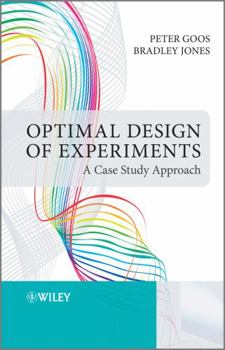Optimal Design of Experiments
Select Format
Select Condition 
Book Overview
"It's been said: 'Design for the experiment, don't experiment for the design.' This book ably demonstrates this notion by showing how tailor-made, optimal designs can be effectively employed to meet a client's actual needs. It should be required reading for anyone interested in using the design of experiments in industrial settings."
--Christopher J. Nachtsheim, Frank A Donaldson Chair in Operations Management, Carlson School of Management, University of Minnesota
This book demonstrates the utility of the computer-aided optimal design approach using real industrial examples. These examples address questions such as the following:
How can I do screening inexpensively if I have dozens of factors to investigate? What can I do if I have day-to-day variability and I can only perform 3 runs a day? How can I do RSM cost effectively if I have categorical factors? How can I design and analyze experiments when there is a factor that can only be changed a few times over the study? How can I include both ingredients in a mixture and processing factors in the same study? How can I design an experiment if there are many factor combinations that are impossible to run? How can I make sure that a time trend due to warming up of equipment does not affect the conclusions from a study? How can I take into account batch information in when designing experiments involving multiple batches? How can I add runs to a botched experiment to resolve ambiguities?While answering these questions the book also shows how to evaluate and compare designs. This allows researchers to make sensible trade-offs between the cost of experimentation and the amount of information they obtain.





